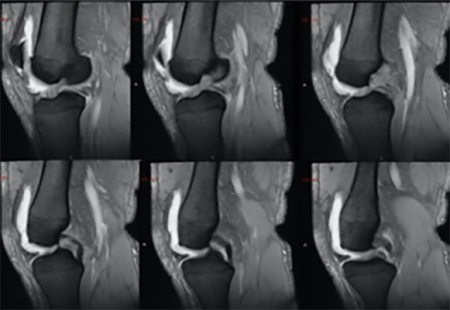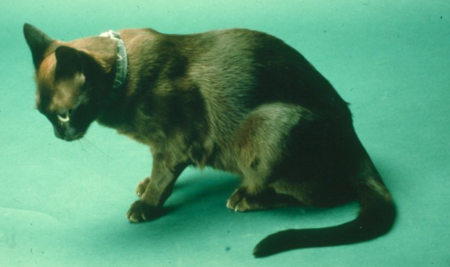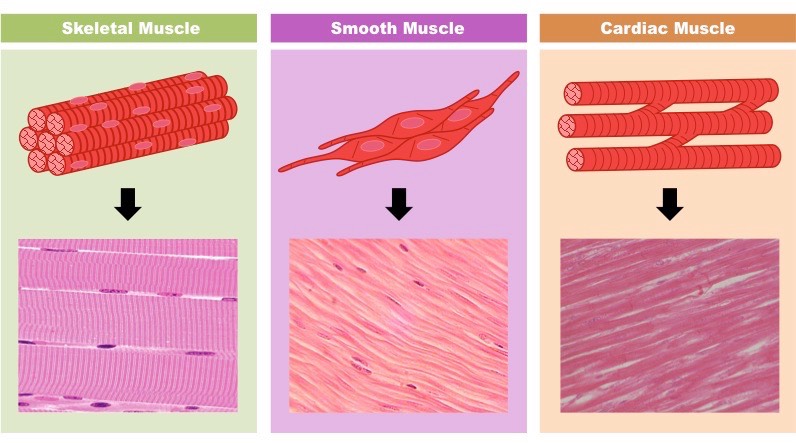Problem Based Learning
Problem based learning (PBL) is a popular method of learning, currently used by most health professional courses in the UK.
The aim of PBL is for you to read through a complex and broad series of information, to identify areas of interest and areas you would like to explore further, in order to further your knowledge of specific topics, through self-directed learning.
The questions our mentors have provided offer ideas of topics to explore and are written in three streams for aspiring medics, dentists and veterinarians; focus on all three or simply what interests you!
Muscular Conditions
THE Dental PBL Case

Case 1
Fron Talis is a 16 year old student. She has come in for a regular check-up without her parents for the first time. She mentions that she is studying art and design at school and hopes to be a fashion model. At the end of the appointment, she asks whether you offer Botox and lip fillers, as she wants to look her best for an upcoming photoshoot.
Case 2
Che Wing is 45 years old with a history of anxiety and depression. She takes citalopram, but has come in today complaining of jaw pain as she has started grinding her teeth. On examination you notice bite marks on her inside cheeks.
Case 1
- Label the arrows with the muscles of facial expression: Appendix 1
- Match the statements below with the most appropriate word from the options listed
| Skin | Facial Nerve (VII) | Dilators |
| Superficial | Sphincters | Fascia |
| Subcutaneous | Bone | Discrete |
a) Muscles of facial expression are unique in that they are located in the __________ ____________.
b) Unlike other muscles, they originate from ________ or fascia and insert into the _____________.
c) They are derived from a single sheet of __________ muscle and develop into _________ muscles. This single sheet of muscle still exists in horses as the panniculus carnosus.
d) They are innervated by the ____________________.
e) Although referred to as muscles of facial expression they do act as _________ and _________ of the various orifices of the face (eyes, nose and mouth).
3. Explain what you would say to Fron Talis about having Botox treatment and lip fillers.
Case 2
- What is the name for the bite marks found on her inside cheeks?
- What is the name of the group of muscles involved in chewing and grinding?
- Label the following diagram: Appendix 2
- Match the statements below with the most appropriate word from the options listed:
| Elevation | Lower | Retraction |
| Rotation | Depression | Jaw |
| Protrusion | Lateral | Upper |
a) ___________ of the mandible: causes the mouth to open.
b) ___________of the mandible: causes the mouth to close.
c) ___________of the mandible: the ______teeth come to lie in front of the ___________ teeth.
d) ___________ of the mandible: the mandibular head is pulled back into the mandibular fossa.
e) ___________ of the mandible: causes the ___________ to move from side to side (__________ chewing movements).
Appendix 1

Appendix 2

The answers will be covered during the Virtual Society Meetings January 2022.
And after available to re-watch HERE
THE Medic PBL Case

Emily, a 21 year old female, sustained a knee injury whilst playing hockey.
She described anoncontact twisting injury to the knee and said she fell over. Her knee then became very swollen and she attended A&E where a radiograph showed no bony injury. She was given crutches and referred to physiotherapy.
The swelling reduced over the next month, however she felt that her knee “gave way” daily when she turned.
She returned to the GP and was sent for an MRI. The MRI is shown above.
Questions
- What structures make up the knee joint?
- What are the primary and secondary stabilisers of the knee?
- Why did the knee swell immediately?
- What are the main differences between ligaments and tendons?
- Describe why in most cases the anterior cruciate ligament doesn’t heal but a
- medial collateral ligament does
- What kind of joint is the knee? What are the other types of joints?
- What is the mechanism behind muscle contraction?
- Who would be involved in their care? What would their role in this patient’s
- care be?
- What is the biggest muscle in the body and what are its main functions?
Appendix 1

The answers will be covered during the Virtual Society Meetings Janyary 2022.
And after available to re-watch HERE
THE Vet PBL Case

Case 1: Small Animal
You are presented with a 10 year old, female neutered cat, Mimi, who has been sitting in this weird posture for 2 days now according to the owner. You are suspicious of hypokalaemia myopathy as the cat’s neck is bent very obviously downwards.
Case 2: Farm
You are a meat inspector in Sunnyside Abattoir and have taken some samples from pig carcasses for analysis. While looking down the microscope, you noticed this abnormality.
Case 3: Equine
You are an ambulatory equine vet making your way to a yard as the owner reported their horse not wanting to move after starting their usual exercise routine. You arrive at the yard and the horse is sweating profusely and is reluctant to move. The owner who is an experienced trainer says they think it is ‘tying up’.
Case 1: Small Animal
- What is the role of potassium ions in living cells?
- What would cause Mimi to have insufficient potassium ions in her body?
- What other clinical signs would you observe?
- What tests would you suggest and what would your findings include?
- Treatment?
Case 2: Farm
- Label the diagram (left arrow, right arrow) using the following options: skeletal muscle cell, smooth muscle cell, trichinella larvae (parasite), abscess
- What species of animal does trichinella spiralis infect?
- Why is trichinella spiralis a public health concern in the UK?
- How can we prevent trichinella spiralis from entering the food chain?
Case 3: Equine
- What is tying up?
- Why does this happen in horses?
- What other clinical signs can occur if the horse is ‘tying up’?
- What advice will you give the owner in terms of treatment and outcome?
Apendix 1

Apendix 2

Apendix 3

Answers will be covered in the Virtual Veterinary Society Meeting in January 2021.
And will be available to re-watch HERE
Transfer to Medicine Routes
A guide to transfer routes into medicine from a related undergraduate degree. The transfer can occur in some universities at some time between the first and third year (or fourth year if taking a sandwich course), but it can also occur at the point of completion and graduating from the original degree.
TARGETING THE GATSBY BENCHMARKS (2022-2023)
BENCHMARK ONE A stable careers programme, inspiring careers and enterprise activities, improving motivation, attendance and attainment. Medic Mentor provides step-by-step guidance for aspiring students through our Awards programme, Virtual work experience , and...
Medical, Dental, Veterinary Options For BTEC Students
It is the start of another academic year, another cycle of UCAS applications with teachers and careers leaders supporting their medical, dental, and veterinary students apply to university! A frequent question I get asked is about BTEC requirements for these careers, so I wanted to prepare a one stop shop for all the information, so your BTEC students can be well informed of the requirements!







